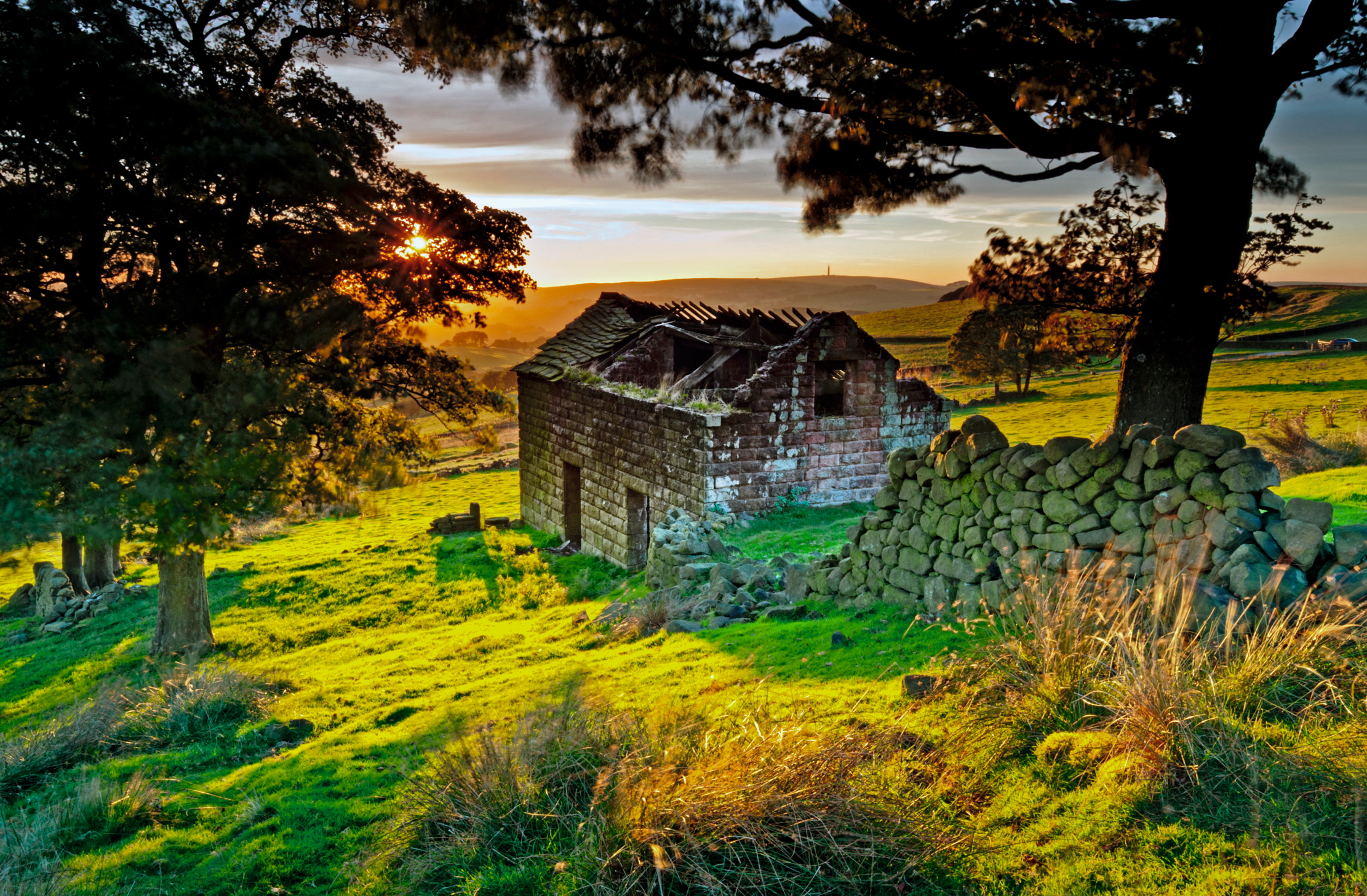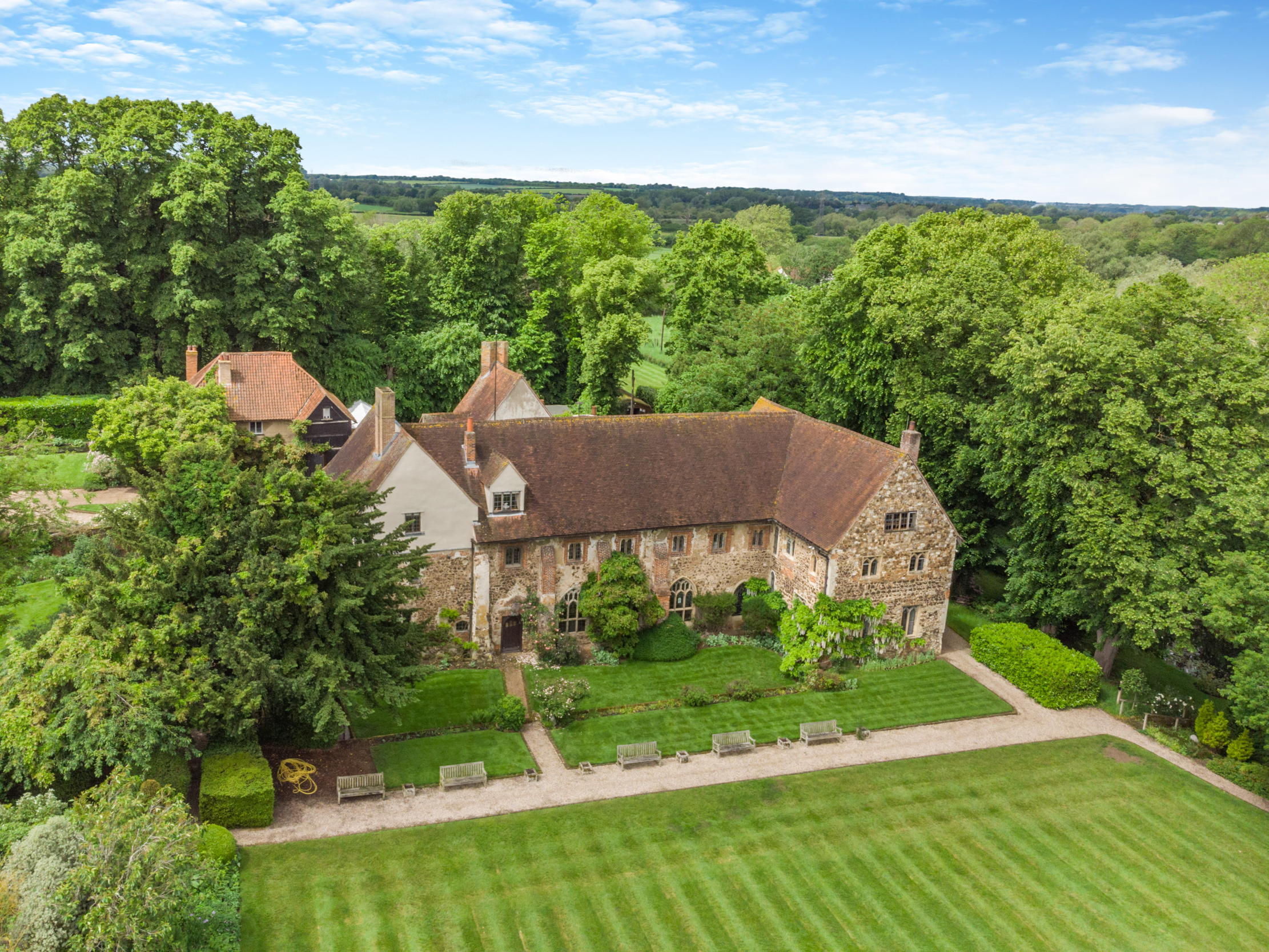Thanks be to Jeremy? What you need to know about the changes to permitted development rights
As the changes to permitted development rights for agricultural buildings — known as Clarkson’s Clause — start to kick in, Annunciata Elwes assesses their impact


Whether or not you’ve binge watched Clarkson’s Farm, landowners across the country can thank their lucky stars for the existence of Jeremy Clarkson, something many of them probably wouldn’t have said in his Top Gear days.
New planning laws came into effect on May 21 that better enable farmers to convert agricultural buildings for residential or commercial use without planning permission — supposedly inspired by Mr Clarkson’s battles with West Oxfordshire District Council over his farm shop and restaurant at Diddly Squat Farm. It is hoped that farmers will benefit financially in a climate where, as the Amazon Prime show illustrates, there are soaring production costs, few profits and mostly only the love of the farming way of life keeping things going. The amendments will ‘turbocharge rural housing development’ claimed the Conservative government at the time and give farmers across England ‘greater freedom to diversify and grow their business’.
Amended Class R rights now allow 1,000sq m (10,764sq ft) of floorspace to be converted to ‘flexible commercial use’ without planning permission (previously 500sq m or 5,382 sq ft; cue more local farm shops, we hope). Under Class Q, disused as well as current agricultural buildings can now be developed and, provided there is suitable access, 10 homes can be created from a single agricultural unit (up from five), with a floorspace of 1,000sq m (previously 450sq m or 4,843sq ft) and with single-storey extensions also allowed.
'the new regulations should tidy up the "unused structures that litter our landscapes"'
As well as providing new homes and local employment opportunities, comments Roger Punch of Marchand Petit, the new regulations should tidy up the ‘unused structures that litter our landscapes. I doubt the effect will be instant, but every increment to improve and reutilise these structures will be of benefit to the rural economy’. Savills’s rural agency director Penny Dart warns that ‘conversions of this type often take a considerable time and costs tend to be high’, however, another positive angle is that ‘the widening of the flexibility could help multi-generational farming families needing additional accommodation’.
Although Class R reforms apply to relevant buildings within National Landscapes, Conservation Areas, national parks and SSSIs (when not listed or scheduled monuments), Class Q reforms do not — and this has been criticised. However, the semi concession means that the ‘architecture of these refurbished structures must be delivered with care,’ continues Mr Punch. ‘In architectural terms, sympathetic is not good enough as a dictate — the importance of positive architecture and sustainable, durable materials in re-using these structures cannot be over-emphasised… Stringent conditions should be imposed on these sensitively located buildings and local planning authorities should closely monitor these conversions.’
Local councils are still involved, explains Richard Clews of Strutt & Parker’s Chelmsford office, who advises on planning across Suffolk, Cambridgeshire and Essex, as any proposed scheme needs their consent through prior approval. ‘It’s a slimline planning application where no one has to discuss any policies,’ he jokes. ‘But there are boxes to tick — you’d have to demonstrate that you’re fulfilling all criteria to get a certificate giving permission.
‘These regulations have existed since 2015 and agricultural-tied dwellings since the 1940s,’ he adds, ‘but Mr Clarkson’s influence is shown in the addition of former agricultural buildings and the changes to Class R rights for commercial conversions. I struggle to bring to mind a farmer who has any disused buildings on his or her land. However, when it comes to Class Q residential conversions, the change to include former agricultural buildings will be particularly prevalent where parcels of land have been sold off with old farm buildings on them.
Exquisite houses, the beauty of Nature, and how to get the most from your life, straight to your inbox.
'Rural business hubs are an increasingly attractive proposition, allowing room for perhaps one to three businesses to take up residence in an agricultural conversion'
Mr Clews continues: ‘The main crux is that the changes are very welcome, particularly regarding floor space. Rural business hubs are an increasingly attractive proposition, allowing room for perhaps one to three businesses to take up residence in an agricultural conversion, particularly where offices in a nearby town are prohibitively expensive — we’ve seen a number of these come to fruition.’
However, he explains, converting buildings into houses becomes a little more complicated as each residential unit is now capped at 150sq m (1,614sq ft) — ‘which makes an average four-bedroom house,’ advises Mr Clews. ‘For those wanting a big barn conversion, there’s just under a year left of the transition period in which the 465sq m [5,005sq ft] limit for a single residence applies.’
When it comes to the property market, anecdotally at least, the early signs of a positive shift have been felt, even if the red tape could be more brutally trimmed. ‘A retired farmer we’re currently working with stands to gain an additional £300,000 on the sale of his property, thanks to the ability to convert his previously unusable barn,’ explains Claire Carter, country house manager at John D. Wood & Co.
‘This is only one example of the positive financial impact that many property owners will experience. Beyond individual benefits, this legislation is likely to stimulate broader economic activity in rural areas. It encourages the preservation and repurposing of historic agricultural buildings, blending modern living with heritage conservation. We expect an uptick in demand for rural properties, driven by buyers looking to invest in these now more versatile estates.’

A 'beguilingly beautiful' Grade I-listed home dating back to the days of Henry VIII, set in a charming hilltop village
Penny Churchil takes a look around Gayton Manor, a 500-year-old home full of history and original features.

Credit: Hamptons
A glorious Thames-side house a five-minute row from some of Britain's finest restaurants
Doannee House not only offers six bedrooms and 8,000sq ft of space, but also frontage to the River Thames and

A breathtaking medieval monastery and estate that's just half an hour from central London
Penny Churchill takes a look at a remarkable medieval home which has come to the market in Essex: Beeleigh Abbey.

Six of the best homes for sale in Country Life this week, from Hertfordshire to Exmoor
Annunciata is director of contemporary art gallery TIN MAN ART and an award-winning journalist specialising in art, culture and property. Previously, she was Country Life’s News & Property Editor. Before that, she worked at The Sunday Times Travel Magazine, researched for a historical biographer and co-founded a literary, art and music festival in Oxfordshire. Lancashire-born, she lives in Hampshire with a husband, two daughters and a mischievous pug.

